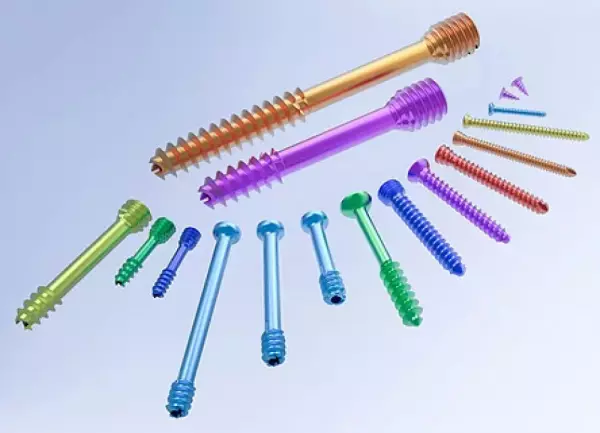
Implants and screws for the maxillofacial, orthopedic and trauma medicine area Surface anodized...
Portal and digital medical technology fair of the largest MedTech cluster in Germany
 Neuroimplants, neuroprostheses, nervous system implants, neuro-microelectrodes, brain stem implants, deep brain stimulation, cranial implants
Neuroimplants, neuroprostheses, nervous system implants, neuro-microelectrodes, brain stem implants, deep brain stimulation, cranial implants One of the most common problems with neuroprostheses is the lack of a placebo-controlled study. Such studies are rare and require major surgery. However, the latest research is working toward developing a placebo-controlled implant that can keep functioning for many years. This will result in fewer surgeries to replace the device and will eliminate the need for replacement surgeries. In addition, new technologies will allow patients to avoid side effects and reduce surgical risks.
In addition to the slowed rate of the brain-computer interface, other basic problems with neuroprosthetics are the size and biocompatibility of the device. The electrodes contacting the neural tissue would cause rejection and degradation, and they would damage the neural tissue. These limitations of the device would limit its acceptance. Therefore, further research is necessary. But for now, the use of neuroprostheses should be limited to treating patients with a debilitating condition.
Currently, only a few methods are being developed. A major barrier to implanting such devices in the brain is the biocompatibility of the material used for the housing. This is the most crucial issue when it comes to biocompatibility. It is important to choose materials that are long-lasting because the implant can be in the brain for many years. Another problem is the incompatibility of the electrodes. Since the brain has its own immune system, it can be difficult to tolerate implants that may not be biocompatible.
In the case of neural prosthesis, a multilayered neural structure is implanted. The implant acts as an external imaging system. The power and data transmitted from the imaging system are converted into analog signals which are then sent to the optic nerve via a series of microelectrodes. In a few cases, the implant is implanted in the eye. This can be a very risky procedure.
Unlike other methods, neural prostheses are completely covered by the skin. This allows the implant to remain in the body without requiring surgery. The implant is hidden under the skin and does not affect the patient's normal behaviour. It is possible to turn it off and on. This means that the implant is invisible. And it is completely undetectable. In addition, the device is easy to remove when the patient no longer needs it.
Whether the implant is implanted in the brain or in the body is an important consideration. Optimal biocompatibility is a key aspect of implant design, which is an important component of any neuroprosthesis. Despite the invasiveness of such procedures, they improve the quality of life of patients. The benefits of neural prostheses include improved hearing, speech, and mood, and improved self-esteem.
Become a digital exhibitor yourself in the online portal of the largest and best-known MedTech cluster region in Germany and inform the world of medical technology about your products and services as well as about news, events and career opportunities.
With an attractive online profile, we will help you to present yourself professionally on our portal as well as on Google and on social media.